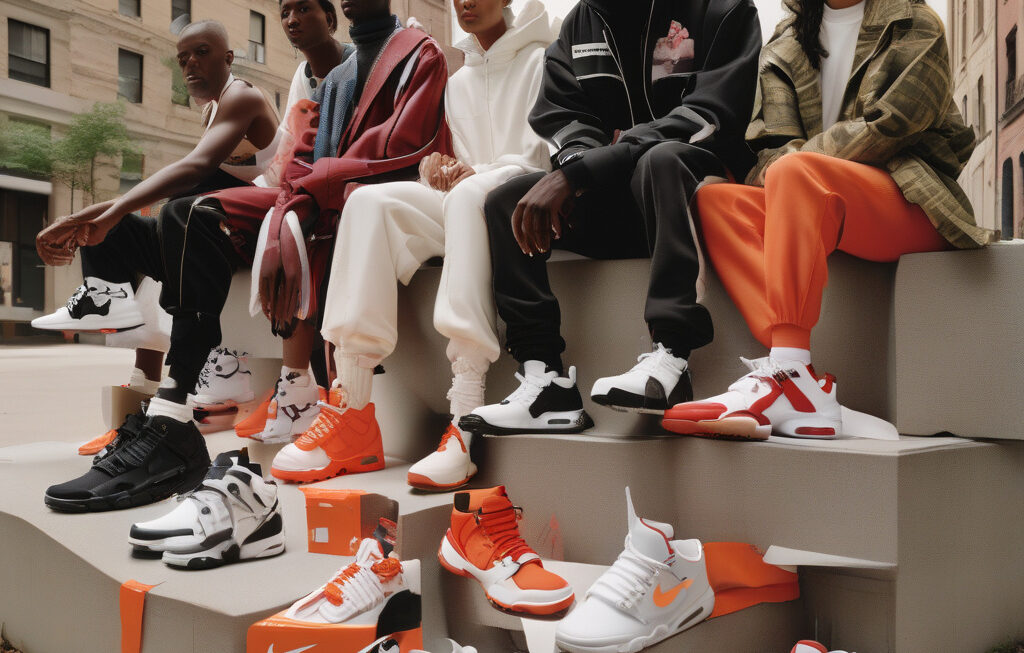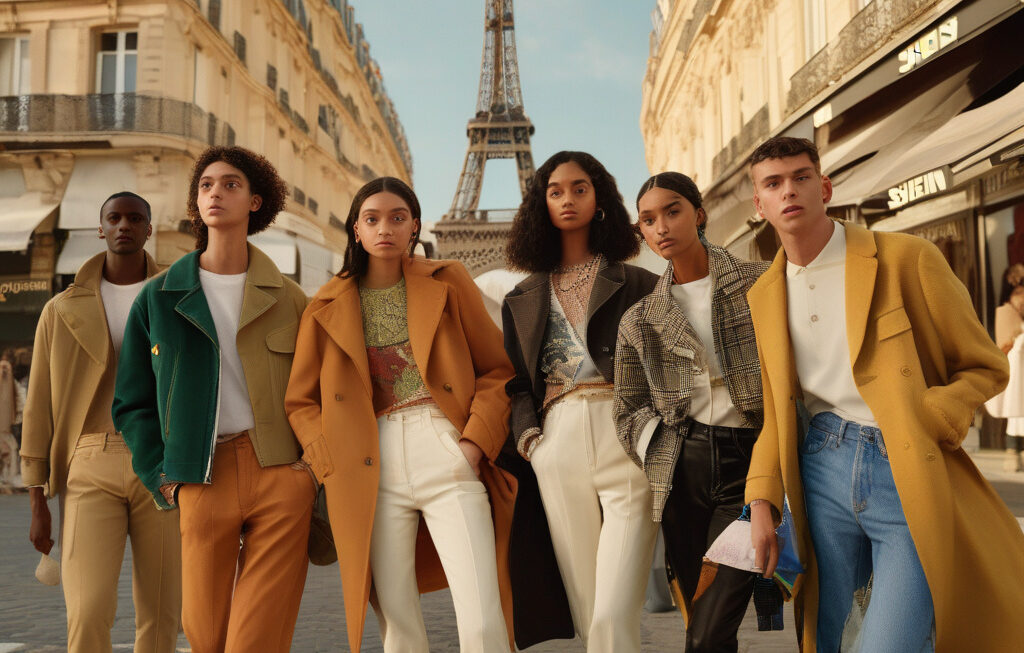The Great Fashion Reset: Can Designer Revamps Save Fashion?
2020 was a year of unprecedented challenges for the fashion industry. The global pandemic forced brands to rethink their strategies, adapt to rapidly changing consumer behavior, and find new ways to stay relevant in an increasingly digital world. In the wake of these challenges, many luxury brands have turned to creative reboots as a way to breathe new life into their collections and reengage with consumers. Design houses like Dior, Chanel, Gucci, and more are betting big on these revamps, hoping to recapture the magic that made them household names.
However, sticking the landing on an aesthetic refresh is easier said than done. While a new creative vision can generate buzz and excitement, it also carries significant risks. Consumers are notoriously fickle, and what resonates one season may fall flat the next. The pressure to constantly innovate and reinvent can lead to creative burnout and a loss of brand identity. In the world of luxury fashion, where heritage and tradition are valued as much as innovation, finding the right balance is key.
One of the biggest challenges facing this new generation of creative directors is the same systemic issues that stymied their predecessors. The relentless pace of the fashion calendar, with its never-ending cycle of collections and runway shows, can make it difficult for designers to truly innovate and experiment. The pressure to deliver commercially successful collections can stifle creativity and lead to a homogenization of design across the industry.
Despite these challenges, some designers have managed to successfully navigate the fashion reset and come out on top. Alessandro Michele’s radical reinvention of Gucci in 2015 is a prime example of how a creative reboot can reignite consumer interest and drive sales. Michele’s eclectic, maximalist aesthetic struck a chord with a new generation of fashion lovers, propelling Gucci to new heights of success.
Similarly, Maria Grazia Chiuri’s appointment as the first female creative director of Dior in 2016 marked a turning point for the storied fashion house. Chiuri’s feminist sensibility and focus on sustainability have resonated with consumers, helping to modernize Dior’s image while staying true to its heritage.
In the end, the success of a creative reboot lies in the ability of designers to stay true to their vision while also pushing boundaries and taking risks. Brands that are able to strike this delicate balance are the ones that will ultimately save fashion from stagnation and irrelevance. As the industry continues to evolve and adapt to a rapidly changing world, creative reboots will undoubtedly play a crucial role in shaping the future of fashion.
#FashionIndustry, #CreativeReboots, #LuxuryFashion, #DesignerRevamps, #FashionInnovation












